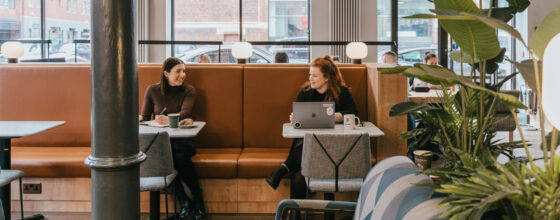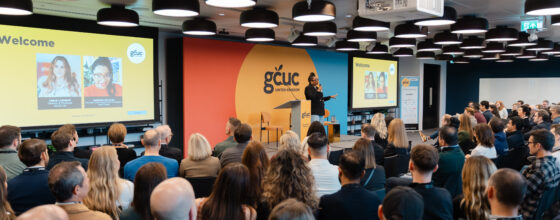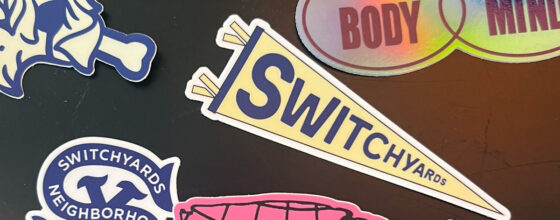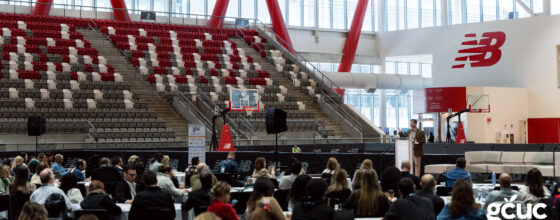Why coworking spaces are the cool new face of hot-desking
A generational shift is changing worker expectations…
Gone are the trestle tables of the struggling start-up or the grey laminex of the soulless business centre. Today, co-working spaces go beyond the office partition and meeting room, and blur the lines between hospitality, university campus and home.
In Melbourne, the co-working industry has grown by a staggering 960 per cent in the past three years, according to a recent report by Knight Frank real estate agents.
“Everybody is in co-working,” says Liz Elam, executive producer of GCUC (Global Coworking Unconference Conference), which hosted a conference for the property industry in Melbourne last week. “Before it was just research and development brands that got into co-work spaces – they were the crazy offshoot group. Now the accountants are in co-working.”
Co-working is a worldwide phenomenon with 14,000 co-working spaces operating globally, including regional Australia. The world’s largest co-working brand, WeWork, will soon launch in Melbourne.
Competition is fierce, differentiation imperative.
In London, Barclays bank established Rise, an incubator for financial technological companies that it can integrate or hive off. In New York, Neue House offers luxurious offices targeting international creative professionals. In Melbourne, spaces can specialize from women-only offices such as One Roof Women to moving-image workers at ACMI X.
For professionals choosing a mobile, flexible work life, co-work spaces offer opportunities for mentoring, collaboration and simply meeting people. But it can be a demanding market. Unmoored by long-term leases, a tenant can easily leave a space they don’t like. For Gen Y and Millennials, part of the expectation that drives the design of these spaces extends from the new university campuses, which offer the comforts of home and a multitude of spaces to collaborate with peers.
“Services are a big differentiator now because the market is getting a lot more crowded,” says Elam. “It’s not just do you have a good chair and good natural light, it’s what else have you got?”
To read the rest of the article click here.






